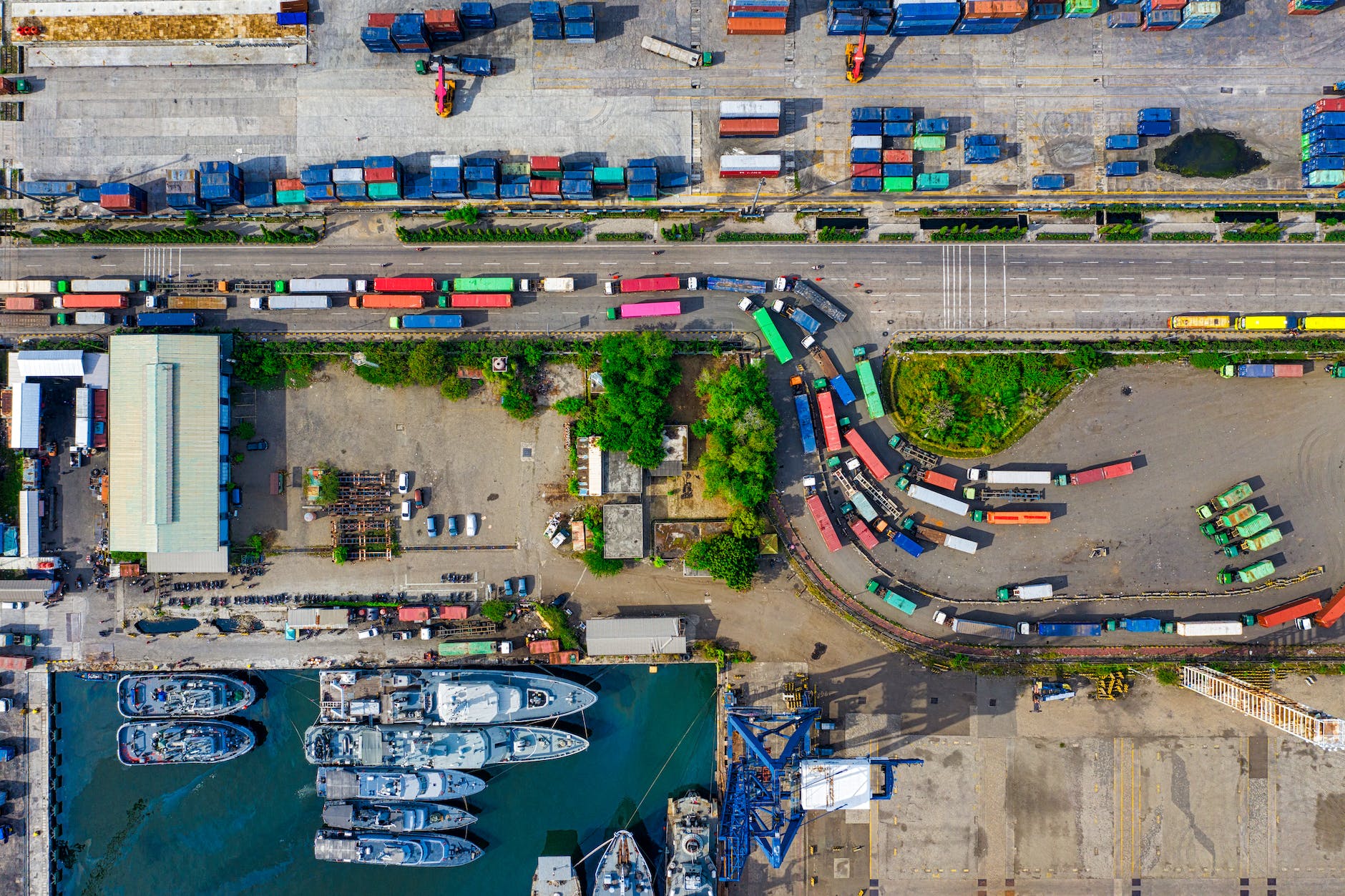
Customs Clearance
Import or export charges are a pivotal process in international trade, which resembles a complex journey that businesses must navigate. This article unveils the intricacies of customs clearance, offering insights into how to streamline this essential process.
Getting Started with Customs Clearance
These charges are fundamental to international trade, serving as the gateway for businesses to engage in cross-border commerce. This process is essentially the entry ticket that allows goods and services to move seamlessly between countries. It encompasses steps, checks, and documentation requirements that must be met before goods cross national borders.
What is Customs Clearance?
It is a pivotal process within the realm of international trade. It acts as an entry and exit regulatory checkpoint by approving the entry and exit of goods and services across international borders. Essentially, it’s like a border control officer examining your passport before allowing you to enter a new country. Without customs clearance, goods cannot proceed to their destination.
The Customs Clearance Process Unveiled
It isn’t a single, straightforward step; instead, it’s a multi-faceted process that involves several key elements:
Documentation Dance:
Think of this step as a meticulously choreographed dance involving paperwork. It requires the careful preparation and submission of essential documents, including commercial invoices, packing lists, and bills of lading. These documents indicate the nature and value of the goods being transported.
Tax Tango:
Taxes are an integral part of it. As you pay tolls on a highway to use it, businesses must settle import taxes to gain clearance for their goods. The taxes owed depend on factors such as the type and value of the products being shipped.
Origin and Destination Choreography:
This part of the process involves specifying the source of your imports and the destination of your exports. Additionally, it requires providing details about the mode of transport, whether the goods are being shipped by sea, air, or land.
Quality Control Waltz:
Similar to a meticulous quality control check in a dance performance, customs authorities conduct inspections to ensure that the shipped products meet the required standards and certifications. This step ensures that only goods of acceptable quality enter or exit the country.
Tax Payment Foxtrot:
The final act of the clearance process is the settlement of any remaining tax payments. It’s akin to paying your final bills before leaving a hotel or a restaurant. Once these dues are cleared, your goods are ready to proceed.
Customs Clearance Duration
The duration of these charges is like waiting for your favourite song to play on the radio; it can vary depending on several factors. On average, the process typically takes about 3 to 5 days. However, this time frame is not fixed and can be influenced by variables such as the specific country’s customs procedures and the time of year.
Streamlining Your Customs Clearance Journey
Efficiency is critical when it comes to customs charges. Streamlining this process can significantly benefit businesses engaged in international trade. Here are some strategies to make the process smoother:
Embracing Technology:
Technology plays a vital role. Utilising digital solutions can simplify the documentation process, making accessing and managing the necessary paperwork easier.
Partnering with Experts:
Customs charges agents are like experienced dance instructors who guide you through intricate choreography. Rest assured, they possess the expertise and knowledge to navigate customs charges, ensuring flawless execution of all necessary steps.
Staying Informed:
Staying updated on regulations and trade agreement changes is crucial. It’s akin to keeping track of the latest dance moves; awareness of evolving customs procedures and trade policies is vital to ensure compliance.
Planning:
Just as a well-rehearsed dance performance requires careful preparation, planning for customs charges is essential. Anticipating potential delays, gathering all the necessary documents in advance, and ensuring that your shipment meets inspection standards are critical aspects of this planning process.
The World Logistics Passport (WLP) Advantage
The World Logistics Passport (WLP) offers businesses a unique advantage when it comes to the clearance:
- Exclusive Customs Clearance Services: WLP membership provides access to specialised clearance services. This advantage ensures that companies receive higher support and efficiency throughout customs.
- Global Network of Partners: WLP collaborates with a vast network of global partners. This expansive network helps secure favourable freight forwarding rates, making international trade more cost-effective.
- Cost-Efficient Clearances: One of the significant advantages of WLP is its ability to support cost-effective import and export clearances. This means businesses can save money during customs, leading to increased revenue.
Conclusion
It is not merely a bureaucratic process but a well-orchestrated dance in international trade. It involves a series of steps, each with its role and significance, and when performed seamlessly, it ensures the smooth movement of goods and services across borders. By embracing technology, partnering with experts, staying informed, and planning, businesses can master this intricate dance.
The World Logistics Passport (WLP) serves as the backstage pass to it, offering businesses exclusive benefits and support. As companies venture into international trade, mastering the customs dance becomes necessary and a strategic advantage. It’s a dance worth mastering because, with the right moves and partners, businesses can ensure that their goods glide effortlessly across borders, reaching customers worldwide.






